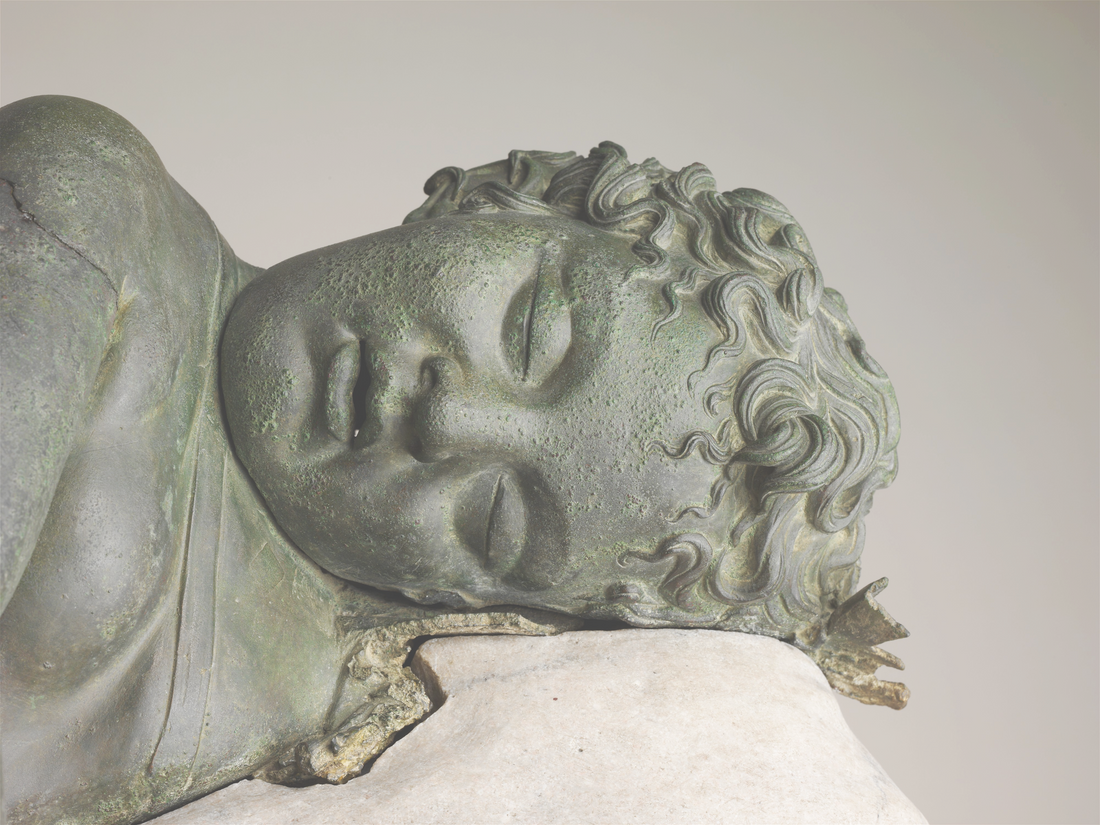Introduction
Ancient Greek and Roman statues have long been celebrated for their extraordinary craftsmanship, intricate detailing, and profound symbolism. These statues not only represented the zenith of artistic achievement in their respective eras but also conveyed deep cultural and philosophical meanings. Today, the allure of these classical sculptures extends beyond museums and galleries, finding a prominent place in modern home décor. This article delves into the historical context of these statues, their symbolism, and how their aesthetic principles have been adapted into contemporary interior design.
Historical Context and Symbolism
Ancient Greek and Roman statues date back to a period when art was a powerful medium for expressing societal values, religious beliefs, and humanistic ideals. Greek statues, particularly from the Classical period (5th to 4th centuries BCE), were characterized by their emphasis on idealized human forms, proportion, and balance. Sculptures such as the *Discobolus* (Discus Thrower) and the *Venus de Milo* epitomize the Greek pursuit of beauty and physical perfection.
Roman statues, on the other hand, were heavily influenced by Greek art but with a distinct twist. While the Romans admired Greek aesthetics, they also focused on realism and individualism. Busts of emperors, like those of Julius Caesar and Augustus, showcased not only physical likeness but also conveyed power and authority. Statues of gods and goddesses, such as the *Capitoline Venus*, reflected the Roman penchant for combining beauty with grandeur.
The symbolism of these statues was multifaceted. Greek statues often depicted gods, athletes, and mythological figures, symbolizing ideals such as heroism, divinity, and human potential. Roman statues, while also portraying gods and mythological figures, placed a greater emphasis on historical figures, celebrating their achievements and immortalizing their legacy.
Adaptation into Modern Home Décor
In contemporary interior design, the influence of ancient Greek and Roman statues manifests in various forms, blending classical elegance with modern aesthetics. Here are some ways these timeless works of art have been adapted into modern home décor trends:
1. Sculptural Accents
One of the most direct ways ancient statues have influenced modern décor is through the incorporation of sculptural accents. Reproductions of famous statues, such as the *David* by Michelangelo or the *Winged Victory of Samothrace*, are popular choices for adding a touch of classical elegance to interiors. These pieces serve as focal points in living rooms, entryways, and even gardens, creating a sense of timeless beauty and sophistication.
2. Architectural Elements
The principles of Greek and Roman architecture, such as columns, friezes, and pediments, have been seamlessly integrated into modern home designs. Fluted columns and pilasters, reminiscent of the Parthenon, are often used to frame doorways and windows, adding a classical touch to the structure. Similarly, decorative friezes and cornices inspired by ancient motifs bring an element of grandeur to interior spaces.
3. Neoclassical Furniture
Neoclassical furniture, inspired by the elegance and symmetry of ancient Greek and Roman design, is a staple in modern homes. Characterized by clean lines, minimal ornamentation, and the use of high-quality materials, these pieces often feature motifs such as laurel wreaths, acanthus leaves, and lyres. A neoclassical console table or a set of Greek klismos chairs can instantly elevate the aesthetic of any room.
4. Color Palette and Materials
The color palette of ancient Greek and Roman art, dominated by whites, creams, and earth tones, is widely used in modern interiors to create a serene and timeless atmosphere. The use of natural materials such as marble, stone, and terracotta further enhances this classical vibe. Marble countertops, travertine floors, and stone-clad walls are common elements that reflect the influence of ancient design principles.
5. Classical Motifs in Decorative Arts
Decorative arts, including pottery, textiles, and wall art, often feature classical motifs drawn from ancient Greek and Roman art. Greek key patterns, meander designs, and mythological scenes are frequently found on modern rugs, cushions, and wallpapers. These elements add a layer of historical depth and visual interest to contemporary spaces.
6. Outdoor Spaces
The influence of ancient statues extends to outdoor spaces as well. Garden sculptures, fountains, and urns inspired by classical designs create a sense of harmony and order in gardens and courtyards. The use of pergolas, trellises, and topiaries, reminiscent of ancient Roman gardens, further enhances the classical ambiance.
Enduring Appeal
The enduring appeal of ancient Greek and Roman statues lies in their perfect blend of beauty, balance, and symbolism. These timeless works of art continue to inspire and shape modern home décor trends, bringing a sense of elegance and sophistication to contemporary spaces. By integrating sculptural accents, architectural elements, neoclassical furniture, and classical motifs, interior designers and homeowners alike can create environments that pay homage to the artistic achievements of antiquity while embracing the comforts of modern living.
The influence of these ancient statues is a testament to the lasting impact of classical art and culture. As we continue to draw inspiration from the past, we celebrate the enduring legacy of ancient Greece and Rome, reminding us that true beauty and artistry are timeless.
References
1. Boardman, J. (1985). Greek Sculpture: The Classical Period. Thames and Hudson.
2. Kleiner, F. S. (2010). A History of Roman Art. Cengage Learning.
3. Pollitt, J. J. (1972). Art and Experience in Classical Greece. Cambridge University Press.
4. Stewart, A. (1990). Greek Sculpture: An Exploration. Yale University Press.
5. Zanker, P. (1995). The Mask of Socrates: The Image of the Intellectual in Antiquity. University of California Press.
